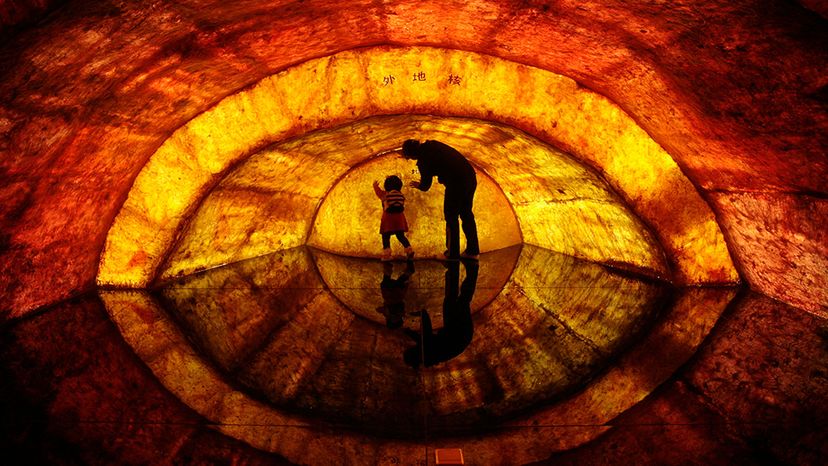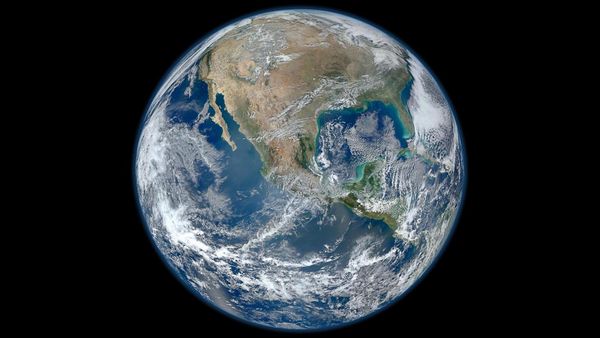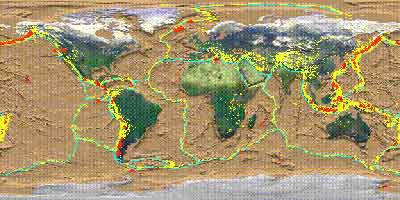Why Hasn't It Happened Yet?
Imagine a scenario where Earth's core cooled down, plunging our planet into an entirely different reality. To understand why this hasn't happened, we need to consider Earth's size.
Without the electric dynamo of the molten outer core, our protective magnetic shield would fade to zero. This would pave the way for the relentless solar wind, a stream of charged particles from the Sun, to start stripping away our atmosphere, much like what might have occurred on Mars in the distant past.
For Earth to have already cooled to this extent, it would need to be considerably smaller. The gravitational forces generated by a planet's compression and the friction it endures will naturally heat it up, keeping the core at its molten hot temperature. Additionally, the decay of radioactive elements within the mantle continues to contribute to this heat [Source: BBC].
What Happened to the Moon?
To illustrate this, consider the Moon. Scientists believe the moon formed as a result of a colossal collision in our solar system between an early Earth and a Mars-sized body called Theia. This occurred roughly 4.5 billion years ago. Despite initially sharing a molten state due to the energy of this impact, the Moon cooled down much faster than Earth because of its smaller size [Source: NASA].
What a Smaller, Colder Earth Would Look Like
A smaller, cold Earth, however, would have lacked essential geological features like volcanoes and plate tectonics, which have played a crucial role in recycling carbon and minerals within the Earth's crust, while simultaneously adding vital gases to the atmosphere. Today, volcanic activity is our Earth's main cooling mechanism [Source: Carleton Newsroom].
Without a thick atmosphere, the temperature of our Earth's surface would plummet, leading to the freezing of the planet's oceans. In such frigid conditions, the evolution of complex life, as we know it, would be highly improbable. This means that our Earth's core actually protects life on our planet [Source: BBC].



